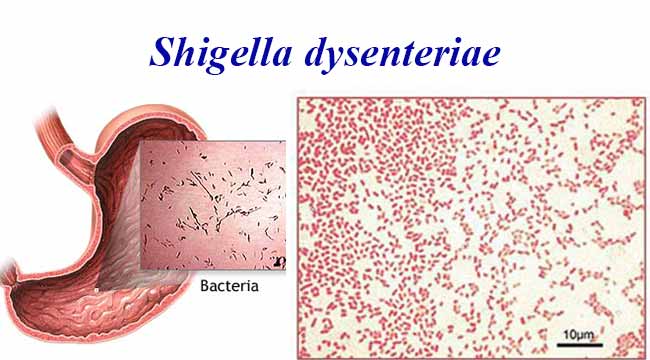
Interesting Science Videos
Habitat of Shigella dysenteriae
- They are found worldwide.
- Humans are only the natural host.
- They are also found in human intestinal tract.
- They are mostly found in the area where there is overcrowded.
- Prevalent in low waste management areas and no safe drinking water supply.
- Houseflies serves as vectors.
- They are also found in contaminated food and water.
- They causes endemic dysentery in Africa, Southeast Asia and Indian Sub-continent.
- Risk for day care ages (1-4 years) and elderly adults.
- Custodial (Housekeeping) are also at high risk of infection.
- They are spread by the fecal-oral route.
Morphology of Shigella dysenteriae
- They are gram -ve small rod shaped bacteria.
- They are non-capsulated.
- They are 2-4 µm long and 0.4-0.6 µm wide.
- They are non-sporing.
- They are non-acid fast bacteria.
- They have rounded ends.
- Around 15 serotypes are present.
- They are non-motile.
Genome (Sd17) of Shigella dysenteriae
- They have one circular chromosome.
- Number of nucleotides: 4,369,232
- Number of genes: 4664
- Plasmid: 182,726 nucleotides and 224 genes

Very informative
what to mean non acid fast?